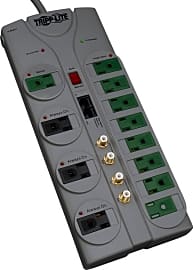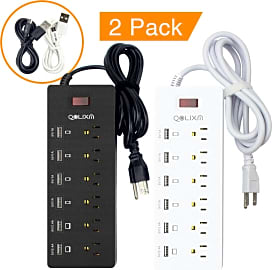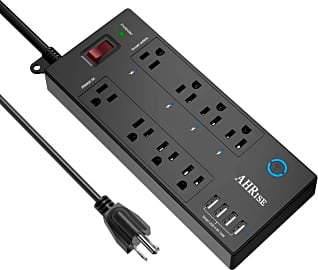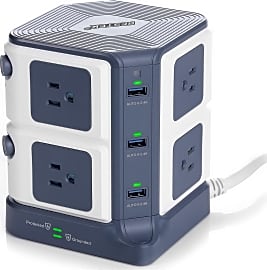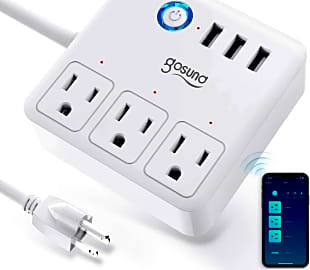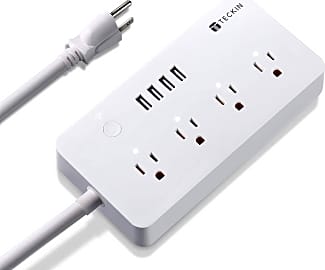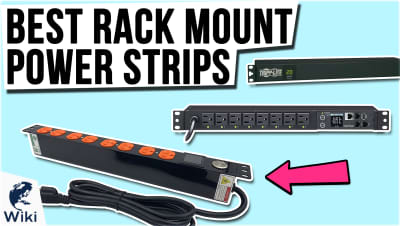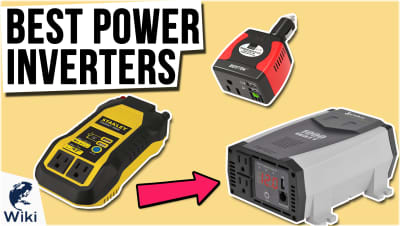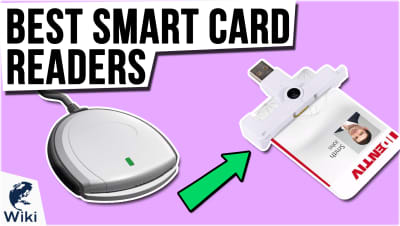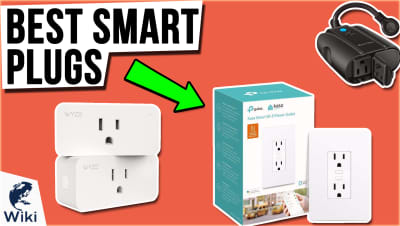The 10 Best Smart Power Strips

This wiki has been updated 28 times since it was first published in October of 2017. If you want to protect your sensitive electronic equipment and reduce your overall energy consumption at the same time, one of these smart power strips can help. Designed to keep your home or office running smoothly and efficiently, they will protect against surges, and can cut or restore power to their individual outlets based on a connected device's status or your preprogrammed instructions. When users buy our independently chosen editorial picks, we may earn commissions to help fund the Wiki.
Editor's Notes
January 06, 2021:
Our latest update introduces the Gosund Extender and Teckin Multi. These two models are small enough for desktop use, but have the capacity to accommodate most electronic appliances that you'd find in a small home-office or bedroom setup. While they may not be the most heavy-duty options available as far as their maximum power ratings are concerned, they are useful for scheduling lights to turn on and off, or to activate USB power and charging. They can be controlled via their own apps, and they are also Alexa and Google Home compatible, making them especially useful for those with mobility issues.
Additionally, we opted to include the AHRise Surge Protector and CyberPower P705G, due to their being able to handle large amounts of power and having excellent overload and surge protection properties. The latter is especially useful in a home office environment, as it has dedicated outlets for different types of devices, with some switching to a power-saving mode when the main outlets are disconnected.
March 11, 2019:
First of all, there are two types of power strips that can be considered "smart." The more conventional kind automatically recognizes devices and their power needs, and shuts off the current to those devices when they're no longer in use; for example, when you turn your TV off, they would detect that it's only drawing standby power, and shut down its electrical feed, so as to save that much more energy. One upside about this simpler variety is that they can and often do provide significant surge protection.
The other type is the up-and-coming smart home ecosystem component, and these are essentially meant to turn a host of "dumb" appliances into smart ones, by letting you individually program when they turn on and off. These, so far, have very limited surge protection, and are meant mostly for convenience's sake, although they can also offer a measure of security at night or when you're on vacation, by keeping certain house lights on at different times. In the first group, it's tough to beat the Tripp Lite, which is full-featured, highly protective, and inexpensive. The CyperPower is another great choice, thanks to its informative readout, though it does cost a premium.
Alternately, Quolixm and Bestek both make great options with plenty of sockets. As far as the uber-smart devices go, TP-Link's Kasa gets rave reviews from experts and owners, and is exceptionally reliable, as such devices go. The Weton, Geeni, and WiOn are pretty comparable, and as long as your network is set up to allow them access, should work pretty well. The Z-Wave is a particularly useful option if you value your Internet-of-Things security, but don't want to sacrifice functionality. While its lack of direct Wi-Fi connection makes it a little more complicated to set up, it's requirement of a standalone hub also makes it that much harder to hack. Whichever you choose, make sure to update the firmware whenever possible, and always follow safety regulations, because remember, you're still working with relatively large amounts of electricity.


